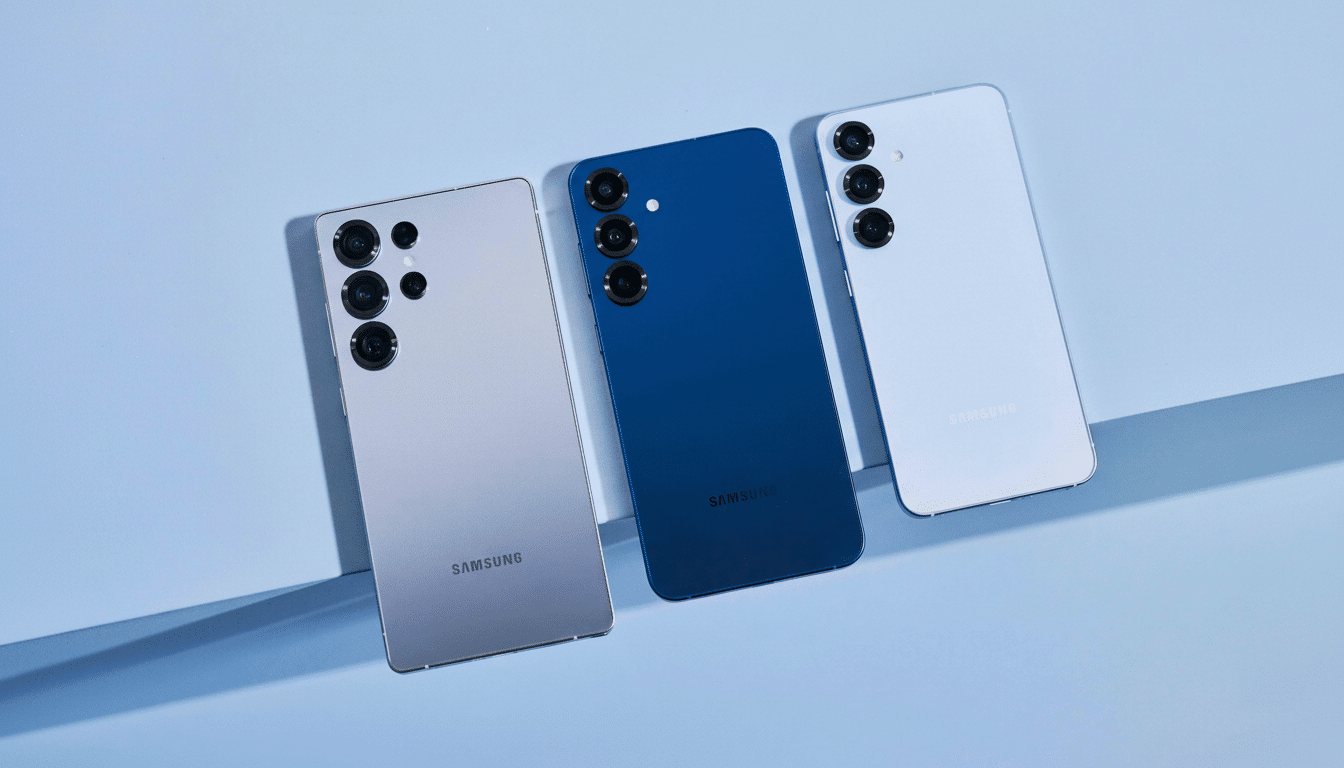A new leak suggests a small but significant change for Samsung’s upcoming compact flagship. Revised CAD-based details indicate the standard Galaxy S26 is going to be slightly thicker than previously rumored—reflective of a change in direction from the now-dropped “Pro” plan that focused on even-thinner proportions.
The new details, reported in conjunction by Android Headlines and long-time leaker OnLeaks, suggest Samsung has adjusted the all-important S26 chassis late in the design stages. That may sound like a cosmetic footnote, but thermal behavior, battery room, and camera packing can all be influenced by even tenths of a millimeter in a modern flagship.

What the new sizes suggest for the Galaxy S26 design
Per the leak, the Galaxy S26 would now be just 7.24mm thick compared to a previous 6.96mm claim, which was tied into the shelved Pro concept.
Taking the camera hump into account, the total thickness is said to expand from 10.23mm to 10.44mm. Length and width also increase slightly. In practical terms, it is about the thickness of a few sheets of paper, an amount that’s nearly impossible to see with the naked eye but could be useful in the body.
Crucially, 7.24mm is still slim enough to help the S26 remain competitive in terms of sheer thinness. For context, the Galaxy S24 had a thickness of around 7.6mm and you’d expect luxury Android devices to land in Google’s target 7.5–8.3mm range traditionally. In other words, this is not a pivot to “chunky,” it’s more effectively a strategic fraction of a millimeter that gives the engineers some room to breathe where they need it.
Why a little more bulk might benefit the Galaxy S26
Thermals are the first beneficiary. Contemporary 3nm-class chipsets and camera stacks so packed with components generate heat that has to be taken away fast so as not to hinder performance. A thicker middle frame can provide space for a more upmarket vapor chamber or graphite layers. We know Samsung is willing to ramp cooling up; its materials around the S24 Ultra talked a big game about a much larger vapor chamber versus that seen in the S22 Ultra, so it’s not impossible that this could be a strategy employed for the upcoming year.
Battery headroom is the second. Smartphone battery size tends to scale with internal volume; a little extra space can mean a few more watt-hours. That could potentially allow for a small bump in capacity or give some extra safety margin at the same capacity, both of which improve longevity and thermal stability when it comes to charging and gaming. Instead of eye-popping improvements, think incremental gains of a couple of % from smarter packaging.
Finally, cameras. A thicker shell reduces mechanical constraints for sensor elevation, lens elements, and optical stabilization. Though leaks don’t give any indication that the base S26 is getting a radical camera overhaul, more clearance might translate to either slightly better stabilization travel or room for an ever-so-slightly larger primary sensor without making the camera island look ungainly.

Display and camera outlook for the standard Galaxy S26
The regular S26 is still tipped to feature a 6.3-inch flat AMOLED panel with slim bezels, which chimes with past rumors surrounding the canned Pro.
Renders are yet to be issued alongside the dimension update, however descriptions have indicated that not much in terms of looks will change — clean slab, flat borders, and a similar triple camera system at the back.
There are no whispers discernible to me about a periscope lens on the base model. Look for a polished version of the current formula, not a brand new class of camera. Any enhancements will likely involve sensor tuning, stabilization adjustments, and improved image processing.
Chipset and regional variants expected for the Galaxy S26
And we have heard in multiple reports that the Galaxy S26 will be coming with Samsung’s Exynos 2600 to most territories, with a possible return trip to one region. This is reminiscent of Samsung’s past split-SoC narratives, where the company has gone through all-Snapdragon years and mixed Exynos/Snapdragon deployments in various markets throughout different generations.
If the Exynos 2600 does indeed take advantage of a mature 3nm process, as has been rumored in semiconductor circles, efficiency improvements may be significant. Combine that with slightly beefier thermal hardware and the S26 might be able to keep up higher sustained performance for longer than some of the compact flagships we’re seeing now, especially under gaming or extended shooting—two workloads that stress both CPU/GPU and on-SoC ISP.
Where the Galaxy S26 lineup stands now after Pro changes
The branding “Pro” does not seem to be on the table, and it will return back to a base, Plus, and Ultra model system in terms of lineup. That pivot casts the vanilla S26 as the actual compact flagship, rather than a mid-step between base and Ultra. The relatively slim increase in thickness — contrary to, say, previously leaked flatter-chassis claims — suggests that practicality also took precedence: reliability and performance overhead would take priority over the slimmest chassis.
Like all pre-launch leaks, final details could shift before Samsung locks in the hardware. But the direction is clear. The S26 appears poised to prioritize well-rounded engineering — more cooling, maybe increased battery size and space for camera improvements over minimal dimensions. For those who care about sustained speed and all-day endurance in a small footprint, that’s the right trade to make.

